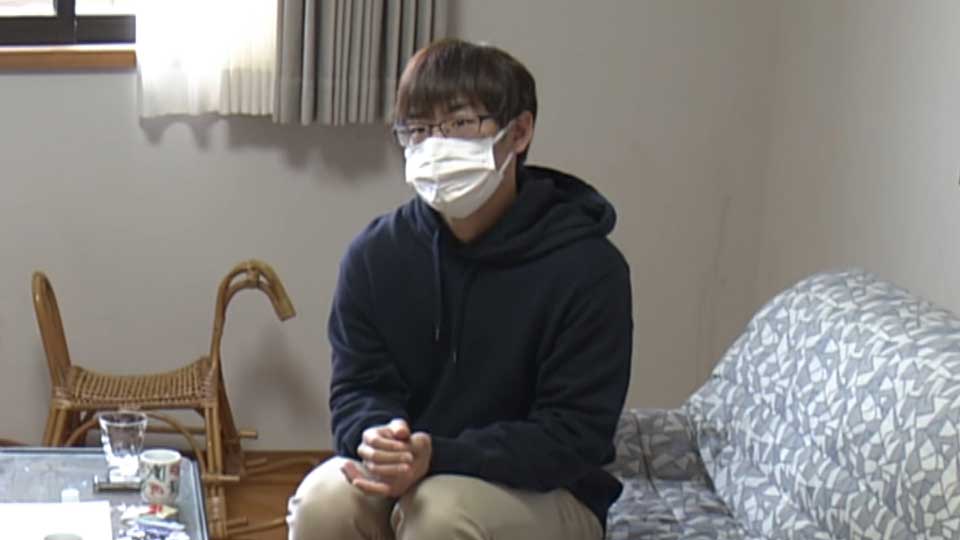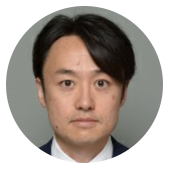
Abe Shotaro is part of a team working on the oral-history project. He is taking a one-year leave of absence from his studies, moving to Fukushima last June to glean stories of what it was like to be displaced by the accident.
It's his first experience of living on his own, and he relishes the hospitality and community spirit of the locals. "When I was at home in the city, I had few connections with neighbors, so when I came here I really noticed the warm hospitality. The bonds between people here are great."
Speaking with locals who were forced to evacuate as part of the Bridge project

He has spoken to dozens of people living in Okuma, which is home to the nuclear plant. In 2011, everyone there was forced to flee. More than 60% of the town is still designated a "difficult-to-return" zone.
The project team has bundled together the stories they heard in a booklet they called Bridge. The aim is two-fold: to preserve tales of those who experienced the aftermath of the accident, and to pass them on to others throughout Japan.
"There are lots of people who still don't know about conditions in Okuma. Some don't even know its name. I hope this will help people learn more about the town," says Abe.
He started by interviewing people his age who experienced the disaster when they were children. He wanted to know how it affected the course of their lives.

Among those he spoke to is 22-year-old Shiga Toshiki, who left Okuma when he was in fourth grade. His house is just three kilometers from the plant. His family can't return home any time soon, but he wants to help revitalize the region. He told Abe that even though he may never be able to return to the family home, he still has a strong sense of connection to the place he hails from.
Heading to the crippled Fukushima Daiichi power plant

Hearing from locals prompted Abe to visit the Fukushima plant. He toured the facility with a colleague and learned about the lingering impact of one of the world's worst nuclear accidents. They saw parts of the plant's interior and tanks holding water that has been treated after being used to cool the reactors.
Japan’s government says the water will be released into the ocean after it is diluted to reduce the concentration of radioactive tritium to less than one-40th of national regulations. This amounts to about one-seventh of the level the World Health Organization suggests for drinking water.
"I got to see the reactor building firsthand, so the reality of what happened has really started to sink in, as well as the scale of the task of decommissioning."
Taking the story on the road

Abe has visited elementary schools to talk about what he has seen and heard in Fukushima. He tells the youngsters that many people are unaware of what people in the area have been through because it seems far away. Even if it is not in our own backyard, he says, we need to think of the problems faced by people there as shared challenges.
He reminds the students that the plant generated power for people in Japan's capital, not for locals. Despite this, the impact of the accident has fallen mostly on Fukushima.
Abe thinks that he and the other team members can act as a bridge between communities, as the name of their booklet suggests. He wants to link people who lived through the disaster and still experience its impact in Fukushima with those less familiar with the way the events of 12 years ago have played out.
"There is an opportunity to form bonds between Fukushima and Tokyo. The messages of those in Fukushima can also be delivered to a wide range of people in Japan across many generations."

